In a previous article, we explained why an earn-out can be an effective tool in the acquisition of a business during rough economic times and detailed some of their disadvantages and advantages. During the course of an earn-out, risk is inevitable to both the seller and the buyer. However, we discuss 10 steps below on how to reduce risk when structuring an earn-out.
10 Steps to Reduce Risk When Structuring an Earn-out
- Maintain control over the earn-out criteria: Once the seller sells the company, he will be an employee rather than an owner. No longer a majority shareholder, the seller could be find it difficult to implement growth strategies. Obviously, if the seller is only going to receive payment upon certain events occurring, then the seller needs to retain enough control to be able to meet the earn-out.
- An Earn-out based on Profits can Be Risky: Carefully evaluate how “profits” are measured. The word “profit” can be a term of art, and when earn-outs are litigated, it typically involves how profits should be measured. For example, if the buyer makes capital improvements with income generated from revenue, then “profit” will be reduced. The result is that even though “revenues” are high, the net “profit” is lowered by huge expenditures by the buyer. This will obviously leave the seller empty-handed if a “profit” measure is used. In cases like this, it might help to use other measurements that are less contentious such as customer retention rate, revenue, number of new subscribers, etc. Similarly, the acquirer could make R&D expenditures, or allocate administrative costs to the acquired business, both reducing earnings and hence the seller’s earn-out.
Advertising and administrative costs both need to be addressed as well. If “profits” are used to measure performance, consider including specific prohibitions in the earn-out, and ensure that “profit” is carefully defined to take into account specific activities the acquirer might take. If the target/seller company continues as a separate entity after closing, it might provide services or products to the acquirer at reduced prices, or at cost. Similarly, the target might provide the acquirer’s strategic partners or corporate subsidiaries with products and services at reduced costs. - Avoid all-or-nothing Earnouts: Ensure that the payment is made on a sliding scale rather than on an all-or-nothing approach. If a company is meets 87% of the earn-out, then the sellers should receive 87% of the earn-out.
- Think Ahead: If the target company becomes part of a group of companies, the acquirer could charge excessive intra-group management fees, or it could divert business to the other companies, thereby artificially reducing profits. To address this and other potential pitfalls in using “profit”, consider using revenue instead. Using revenue makes it more difficult for sellers to depress earnings. However, a measurement based on “revenue” means considering how yearly contracts will be booked: when it is signed, or when payments are received.
- Consider security arrangements: An often overlooked area is the question of what the acquirer will provide in terms of security. The seller is agreeing to defer a portion of the purchase price and it should consider an appropriate security arrangement in case the buyer experiences financial difficulties. This can be achieved by requesting a lien over the assets of, or particular shares in, the company, or by requesting that a bank or corporate parent guarantee the earn-out, or by requiring that a certain portion of the earn-out is held in escrow.
- Watch for yearly service fees: The earn-out might provide that certain services are to be rendered such as: legal advice, internal auditing, accounting, pension administration, and tax advice. These charges can add up quickly and erode the earn-out the seller receives. It is easier to agree on an annual lump sum rather than risk arguments over which service providers are to be used, and the extent of the services required.
- Negotiate caps carefully: Watch out for caps: most earn-outs contain caps, but ensure that your M&A intermediary doesn’t negotiate one that is too tight or you will not be able to reap the rewards for exceptional performance.
- Even the small details matter: Think about how items such as returns, allowances, shipping costs, import and export duties, and sales tax will be accounted for if the earn-out is based on “revenue.” If the metric being used is earnings, then consider the effect of interest, taxes, depreciation/amortization.
- Plan for Contingencies: What if the acquirer sells the company within the earn-out period? What if the seller becomes disabled or dies during the earn-out period? What if the acquirer’s operations are merged with the seller’s operations, making it hard to calculate revenue and profit? The bottom line: Your earn-out should address these contingencies.
- Think about these creative ideas: Ask your M&A intermediary about the possibility of using cumulative and/or additive provisions which are structured to allow extremely profitable periods to offset weaker periods. Also, if the business does extremely well, the buyer might a call option, which is essentially an accelerated payoff amount that it has the option of paying if it wants to pay early
These are only 10 reasons we have listed, but there are other ways as well. Orion Capital Group has experience in negotiating numerous transactions and with us on your team, we can negotiate the same for you.
